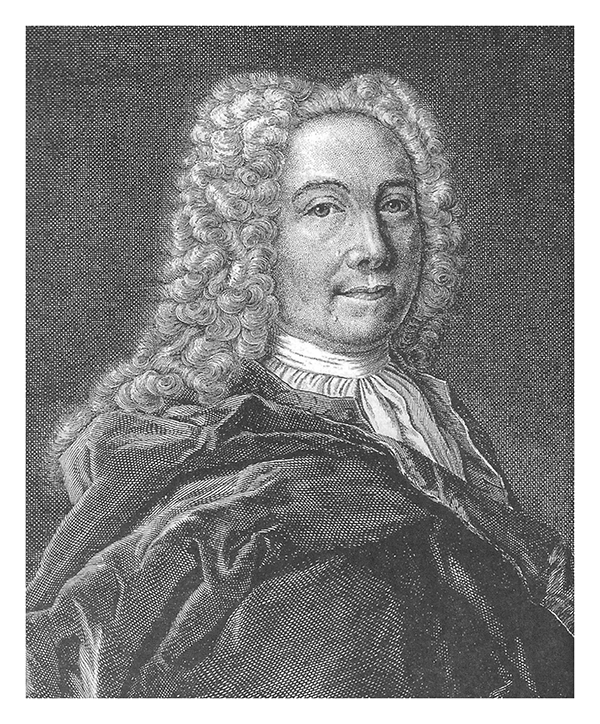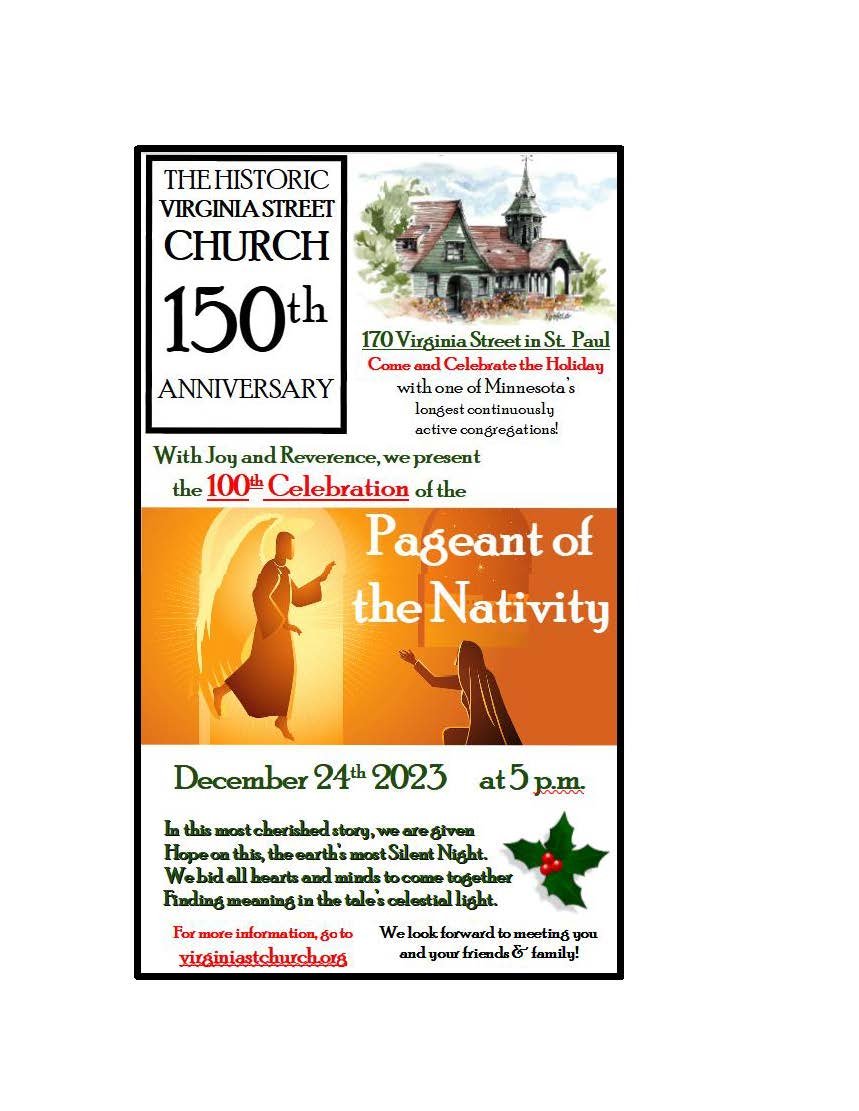Who was Emanuel Swedenborg?
Youth
Born Emanuel Svedberg, January 29, 1688, he was the third of nine children of Jesper Svedberg and his wife Sara Behm. The elder Svedberg was a chaplain to the Swedish royal court before eventually becoming a Bishop and Doctor of Theology. Emanuel's mother, Sara Behm, descended from a family prominent in the mining industry of Sweden. These two lineages - scientific and theologic were fortuitously blended in young Emanuel. The "Age of Enlightenment" had gained a strong foothold throughout Europe and was making its way to the scientific and educational circles of Sweden.
Much of Emanuel Swedenborg's young life was influenced as heavily by his father's strict approach to Lutheranism as it was by his own developing passion toward science, a field that had exploded with discovery and invention following earlier contributions of Galileo, Newton and others. Upon this precipice, the fracture between religion and science would grow to a schism. The philosophers previously known as alchemists, astrologists stepping firmly into modernity now as chemists, astronomers, biologists, etc.
Scientist
Young Emanuel had a natural affinity to scientific exploration and excelled in his studies during his years at the university in Uppsala. Upon graduation, Emanuel joined fellow students for his first trip abroad. London offered the latest in science, art and culture at this time and proved an exciting stage for an eager mind. He learned from craftsmen the art of mechanics, structure and engineering. As apprentice to astronomer John Flamsteed, he learned the precision of record keeping and cataloguing, a skill that would prove invaluable for his own later writings. By the time Swedenborg returned home 4 years later he'd recorded more than a dozen of his own inventions, most of which aids for the mining industry and its workers. In 1716 he was appointed to the Swedish Board of Mines and his focus became layered in both the science of metallurgy as well as its effect on Sweden's trade and currency. By mid 1733 he was a seasoned traveler as well as an adept scientist in various disciplines. He published a 3 volume scientific paper entitled "Philosophical and Mineralogical Works", which consisted of I. First Principles of Natural Things, II. On Iron and Steel and III. On Copper and Brass.
In 1730 he began studying anatomy and physiology in an effort to find the "seat of the soul." He published between 1738 and 1743, detailed explanations in "The Cerebrum," and "The Brain" as well as an overall work entitled "The Economy of The Animal Kingdom." These writings are considered today as some of the earliest findings on the convoluted working of the brain including the division of duties in the left and right hemispheres, andAdd Block the function of the pituitary gland.
Visionary
Though by all accounts, Emanuel Swedenborg was highly successful in his career, he was, beginning, by age 56, to suffer from emotional extremes. He'd begun to have strange and dramatic dreams which he recorded (these were posthumously published as Swedenborg's Journal of Dreams) over nearly 2 years and includes his own interpretation of what each might mean. At the height of this anguished period he was one night gripped by an uncontrollable trembling so strong that he landed on the floor. He sensed the appearance of Jesus who cradled him and suggested Emanuel had been commissioned for a very sacred work.
Embarking on his sacred journey, Emanuel disengaged scientific work and set about devoting the rest of his life to theological writings. He began with a "Bible Index," a copious catalogue reference that aided his next work "The Word Explained," which is viewed as a commentary on the 5 books of Moses as well as most of Jeremiah.
From 1749-1756 he wrote and published the massive 8-volume "Arcana Coelestia," an exegesis on the "inner meaning" of the books of Genesis and Exodus. The visionary experience that proved his turning point in 1744 was only the beginning of his spiritual encounters which continued almost daily thereafter, though aided now by his own participation through a practiced breathing technique that induced a trance-like state that allowed him to visit and view the angelic and spiritual realms and detail those insights in his published works for the next 27 years.




